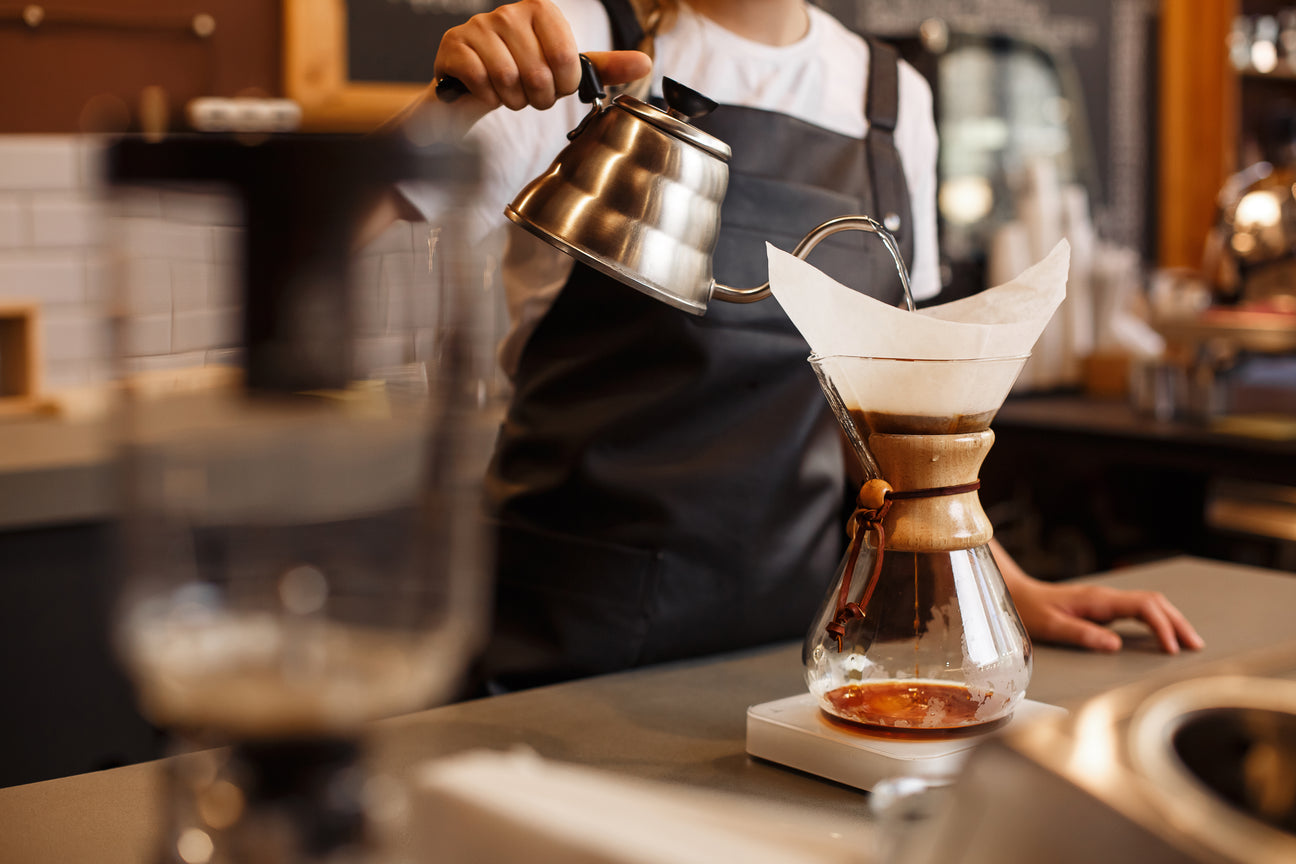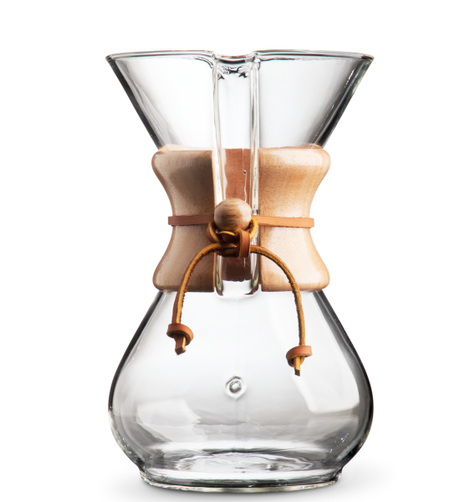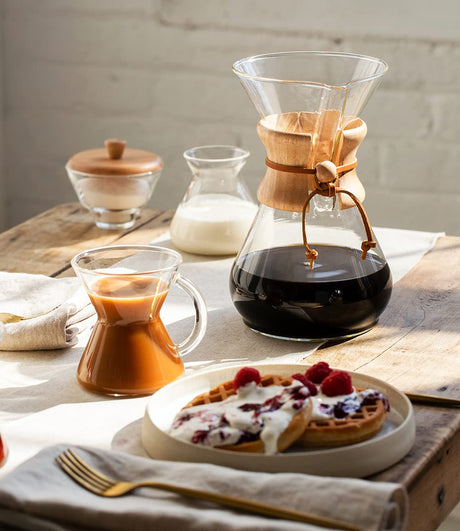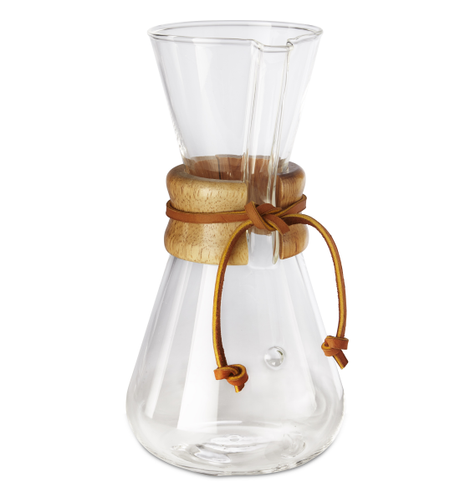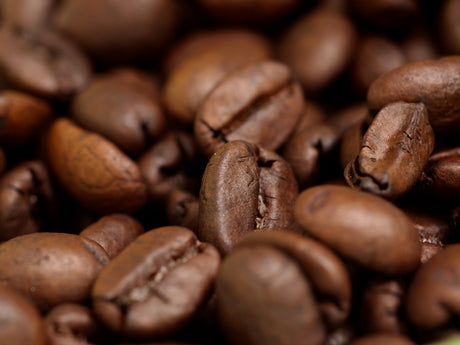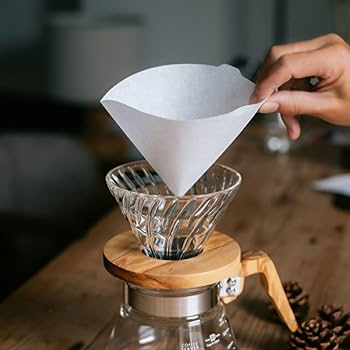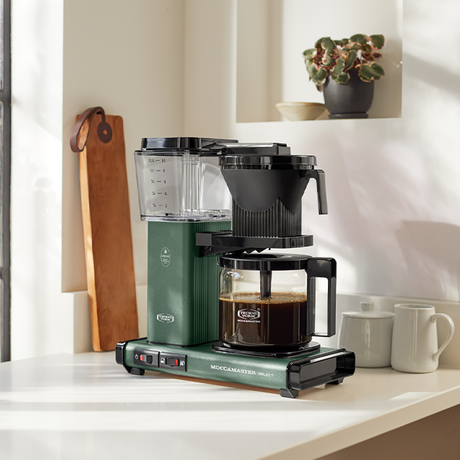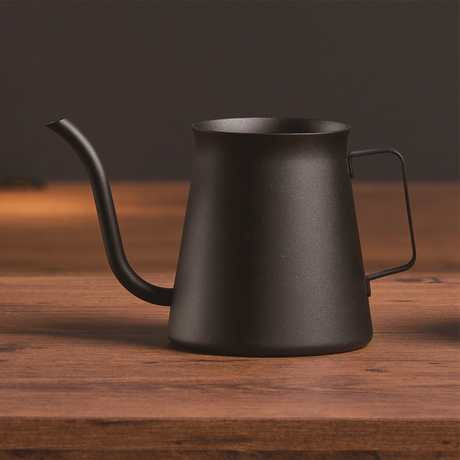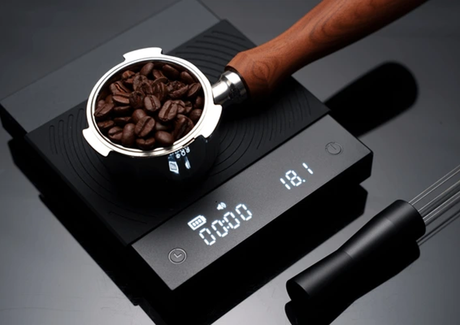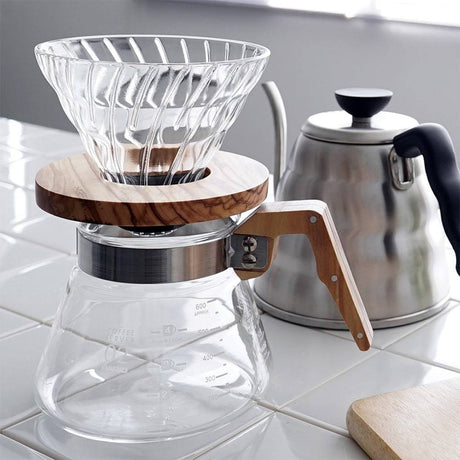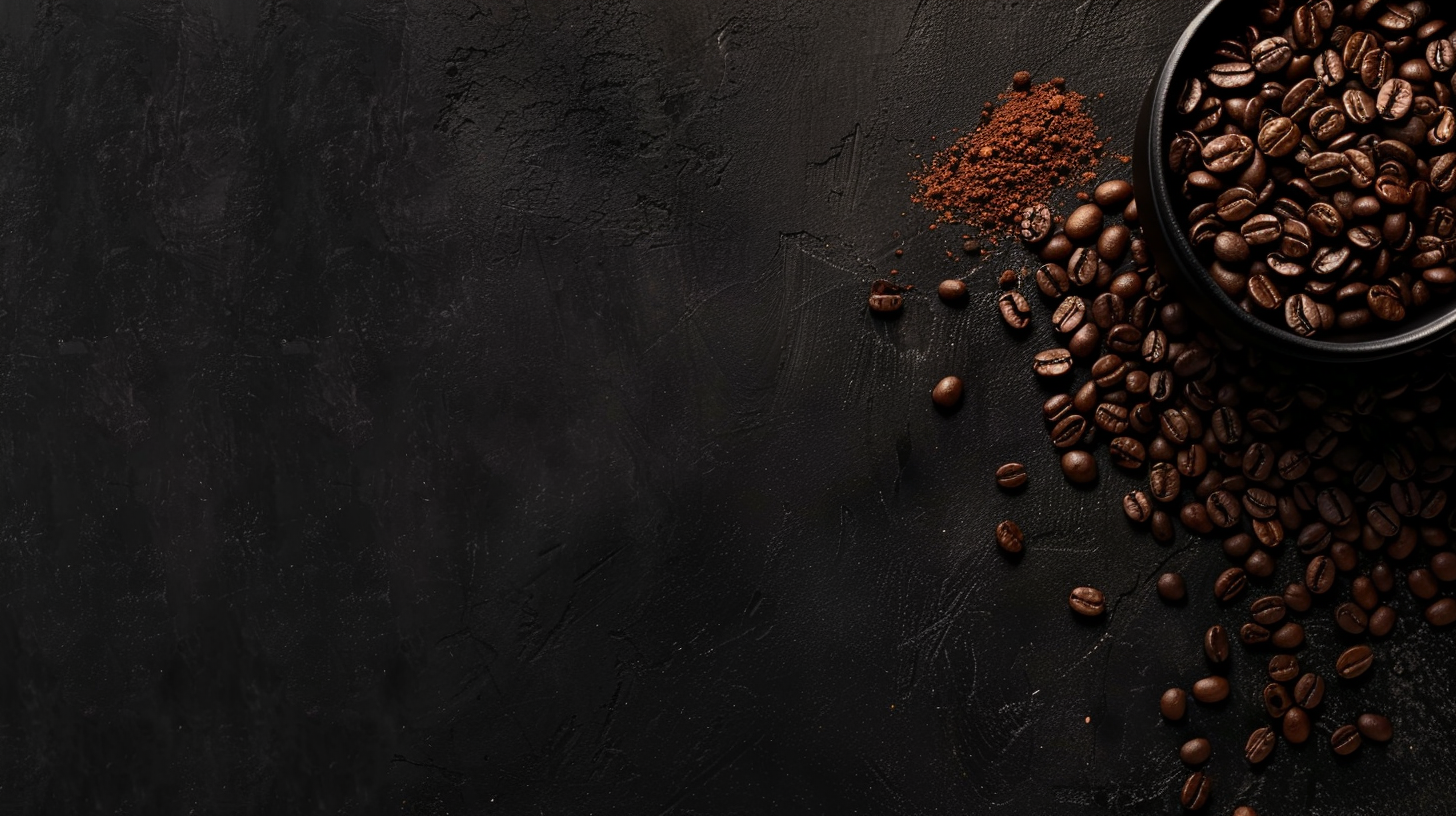Chemex
Chemex Pour Over CM-6A 6-Cup Classic Series Glass Coffeemaker
£52.99Unit price /UnavailableChemex
Chemex Pour Over CM-1C 3-Cup Classic Series Glass Coffeemaker
£49.99Unit price /Unavailable
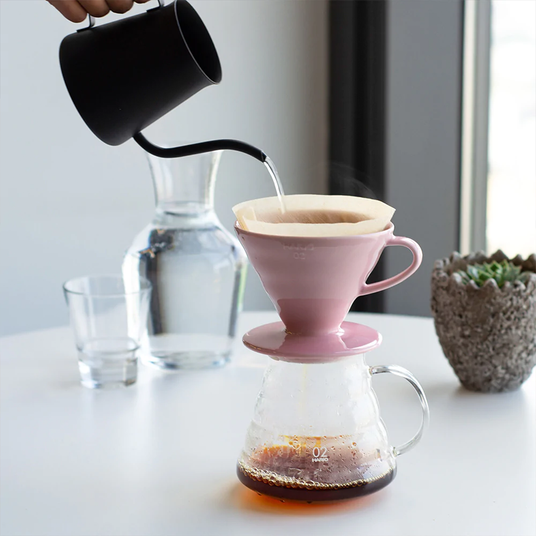
How to Make Drip Pour-Over Coffee
Pour-over coffee is a manual brewing method where hot water is poured over coffee grounds in a filter, allowing the water to extract flavours as it drips through. It produces a bright, clean cup of coffee.
What You’ll Need:
Pour-over dripper, coffee filters, filter ground coffee, gooseneck kettle, digital scale, timer, carafe or mug, hot water
Step-by-Step Instructions:
1. Boil Water
Heat filtered water to 90-96°C (195-205°F). If no thermometer is available, boil water and let it cool for 30 seconds.
2. Measure and Grind Coffee
Weigh 15-18 grams of coffee per cup (250 ml or 8 oz of water) and grind to a medium-coarse consistency.
3. Prepare the Filter and Dripper
Place the filter in your dripper and position it over your coffee mug or carafe. Rinse the filter with hot water to remove any papery taste and preheat the dripper and mug or carafe.
4. Add Coffee Grounds to the Filter
Pour the freshly ground coffee into the filter, ensuring an even layer. Gently shake the dripper or tap it lightly to level the grounds, which promotes even extraction.
5. Begin the Bloom
Start your timer and pour a small amount of hot water (about 30-40 ml) over the coffee grounds, just enough to saturate them. This step is called the bloom. It allows the coffee to release trapped carbon dioxide, which can impact flavour. Let the coffee bloom for about 30-45 seconds. You should see bubbles forming, which is a good sign of freshness.
6. Continue Pouring in Slow Circles
After the bloom, continue pouring hot water in a slow, steady circular motion, starting from the centre and moving outward, then back to the centre. Pour in stages, pausing every 10-15 seconds to let the water drip through before adding more. Avoid pouring directly onto the sides of the filter to ensure even extraction. The goal is to pour the total amount of water (250 ml for one cup) over about 2:30 - 3:00 minutes.
7. Let the Coffee Finish Dripping
Allow the coffee to drip completely through the filter into your mug or carafe. The total brewing time should be around 3-4 minutes, depending on the grind size and pouring speed. Adjust these variables slightly for a finer or coarser grind to find your perfect balance.
8. Serve and Enjoy Your Coffee
Remove the dripper and discard the used filter and grounds. Give the coffee a gentle swirl to mix the flavours evenly. Pour the freshly brewed coffee into your favourite mug and enjoy its clean, vibrant taste.
Frequently Asked Questions about Pour Over & Drip Coffee Makers
What is a coffee dripper, and how does it work?
What is a coffee dripper, and how does it work?
A coffee dripper, also known as a pour-over coffee maker, is a device used to manually brew coffee by pouring hot water over coffee grounds in a filter. The water slowly passes through the coffee grounds, extracting flavours and oils, and drips into a carafe or cup below. This method allows for precise control over the brewing process, resulting in a clean, flavourful cup of coffee.
How do I choose the right dripper or pour-over coffee maker?
How do I choose the right dripper or pour-over coffee maker?
Choosing the right dripper depends on your brewing style, cup capacity needs, and preferred materials. If you enjoy a clean and balanced cup, the Hario V60 or Chemex might be perfect. For a versatile and easy-to-use option, the Clever Dripper is ideal. Consider factors like size (1-cup to 10-cup options), materials (ceramic, plastic, glass), and brand preferences (Hario, Chemex, Bodum, etc.) when selecting a dripper.
What is the difference between ceramic and plastic drippers?
What is the difference between ceramic and plastic drippers?
Ceramic drippers, like those from Denby and Melitta, offer excellent heat retention and a stylish, durable design. They are often preferred for their aesthetic appeal and consistent brewing temperature. Plastic drippers, such as those from Clever Dripper, are lightweight, portable, and less likely to break, making them great for travel or outdoor use. Both materials can produce excellent coffee, so it comes down to personal preference and usage needs.
What grind size is best for pour-over coffee?
What grind size is best for pour-over coffee?
For pour-over coffee, a filter grind (medium-coarse grind) is generally recommended. The grind size can vary slightly depending on the specific dripper you use (e.g., Hario V60, Chemex). A filter grind allows the water to flow through the coffee grounds at the right pace, resulting in a balanced extraction and flavour profile. It's best to invest in a grinder and experiment with the grind size to achieve the perfect brew.
How do I clean my coffee dripper?
How do I clean my coffee dripper?
Most drippers are easy to clean with warm water and mild washing-up liquid. Ceramic and glass drippers can be washed by hand or placed in the dishwasher, depending on the manufacturer's instructions. Plastic drippers should be cleaned by hand to avoid warping. It’s also important to regularly clean reusable metal filters or replace paper filters to maintain the best coffee taste.
Do I need special filter papers for my dripper?
Do I need special filter papers for my dripper?
Yes, different drippers require specific filter papers that match their size and shape. For example, the Chemex uses bonded paper filters, while the Hario V60 has conical filters designed for its shape. Make sure to choose the right filters for your dripper to ensure optimal coffee extraction and flavour.
How much coffee should I use for a pour-over brew?
How much coffee should I use for a pour-over brew?
A general guideline is to use about 1 gram of coffee per 15-17 grams of water. For a single cup (about 250ml), this would mean using around 15-17 grams of coffee. However, the exact ratio can be adjusted based on your taste preferences and the type of dripper you are using.
What are some tips for making the best pour-over coffee?
What are some tips for making the best pour-over coffee?
Some key tips for making great pour-over coffee include using freshly ground coffee beans, pouring water in a slow, circular motion to ensure even saturation, and maintaining a consistent water temperature (around 90-96°C). Experimenting with the grind size, coffee-to-water ratio, and pouring technique can help you perfect your cup.
What accessories do I need for my pour-over coffee setup?
What accessories do I need for my pour-over coffee setup?
In addition to your dripper and filters, consider investing in a gooseneck kettle for precise pouring control, a coffee scale to measure your coffee and water accurately, a burr grinder for consistent grind size, and a carafe or mug to brew into. Fresh coffee beans are also essential for the best flavour.
How do different pouring techniques impact extraction and flavour?
How do different pouring techniques impact extraction and flavour?
Pouring techniques, such as circular pouring, centre pouring, and pulse pouring, can significantly impact extraction and flavour. Circular pouring helps ensure even saturation of the coffee grounds, which is essential for balanced extraction in conical drippers like the Hario V60. Centre pouring, focusing on the middle of the coffee bed, can highlight more acidity and brightness, suitable for fruity and floral coffees. Pulse pouring, pouring in intervals rather than a continuous flow, can help control extraction time and maintain a consistent brew temperature, especially with flat-bottom drippers.
What is the significance of the coffee bloom, and how long should it last?
What is the significance of the coffee bloom, and how long should it last?
The coffee bloom is the initial release of carbon dioxide from freshly ground coffee when hot water first makes contact. It is a crucial step for achieving an even extraction. For most pour-overs, a bloom time of 30-45 seconds is recommended, allowing the gases to escape and water to make proper contact with the coffee grounds. Use a small amount of water (about twice the weight of the coffee) for the bloom phase, and stir gently to ensure all grounds are saturated.
How can I troubleshoot common pour-over problems like over-extraction or under-extraction?
How can I troubleshoot common pour-over problems like over-extraction or under-extraction?
Over-extraction usually results in a bitter, dry, or astringent cup. It can be caused by too fine a grind, too hot water, or a slow pour. To fix this, try using a coarser grind, lowering the water temperature, or adjusting your pouring technique for a faster flow rate. Under-extraction, resulting in a sour or weak cup, might occur with too coarse a grind, cool water, or too fast a pour. In this case, use a finer grind, increase the water temperature, or pour more slowly.
How important is agitation during the pour, and what are some effective methods?
How important is agitation during the pour, and what are some effective methods?
Agitation is crucial for even extraction, as it ensures all coffee grounds are in contact with water. Gentle agitation methods include swirling the dripper or stirring the coffee bed with a spoon or stick after the bloom or during the final pour. Be careful not to over-agitate, as this can lead to over-extraction and muddled flavours.

